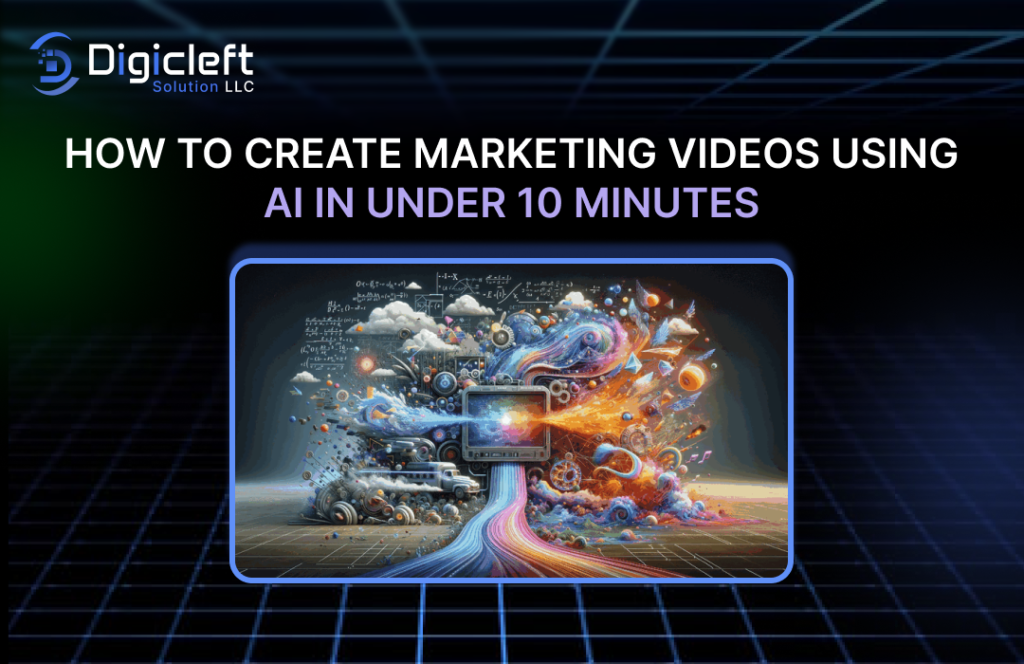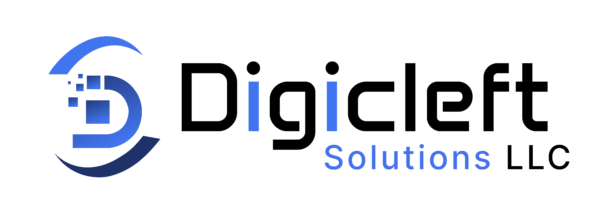
What Is Google’s Veo 3?
Google’s Veo 3 represents a significant advancement in the creation and consumption of videos, not merely another software update. This tool, introduced in 2025, enables anyone to transform words into nearly lifelike video scenes. It is powered by Google’s DeepMind research team, which specializes in developing AI that can comprehend both visual and linguistic details.
Instead of rough animations, Veo 3 creates clips that could easily pass for real-life footage. This has led to a wave of videos appearing across social media, news feeds, and even classrooms. Veo 3 isn’t the first AI video tool. However, it is the first to combine smooth movement, matching voices, and natural sound with realistic images. As a result, clips made with Veo 3 are everywhere—often shared by people who don’t even realize they’re watching AI.
Curious about what this means for you? Continue reading; there are some significant surprises and important information you should be aware of.
How Does Google Veo 3 Work?
Veo 3 works in a way that feels like magic, but there’s solid tech underneath. You start by typing what you want to see. For example, “A golden retriever running on a sunny beach.” Veo 3 takes your prompt and builds the video frame by frame.
Unlike earlier tools, Veo 3 includes:
- Realistic sound: Voices, background noise, even music that fits the mood.
- Smooth motion: The way people, animals, and objects move looks natural.
- Scene understanding: Veo 3 keeps track of details, like shadows, weather, and even camera angles
Google also made sure Veo 3 “follows the rules of physics.” So, if you ask for a car driving on water, Veo 3 either corrects it or makes it look like a fantasy.
This isn’t just for fun. Filmmakers, teachers, advertisers, and students are now using Veo 3 to save time, cut costs, and bring ideas to life in seconds.

Why Are Real-Looking AI Videos Everywhere Now?
It’s simple: anyone can use Veo 3. Google made it easy to access through platforms like YouTube Shorts and Canva. This open access means you no longer need to be a video expert or editor. If you can type a sentence, you can create a video clip.
This explains why you might see realistic videos on YouTube, Instagram, or Snapchat. They look like they were taken with a mobile device. These videos can occasionally be humorous or artistic. They can also be used for teaching, marketing, or simply sharing family moments.
But there’s a flip side. Because the clips look so real, some people use them to spread rumors, fake news, or even hateful content. There have been cases where AI-made clips were shared as “real events.” This includes fake riots and made-up interviews with politicians.
The Risks: Deepfakes, Misinformation, and Trust
It’s difficult to determine what is real when video clips appear this realistic. The realistic look of Veo 3 makes it simpler for edited scenes or false narratives to pass. Experts call these “deepfakes.” They can trick people, scam companies, or cause social unrest.
According to a recent study, Veo 3 videos depicting fictitious events go viral online, particularly in communities where people are already concerned about misinformation. When people believe video evidence without verifying the source, it can be dangerous. This risk is especially high during elections, natural disasters, or breaking news events.
Google says it is working hard to prevent this. But so far, some AI-made clips have gotten past filters, been reposted thousands of times, and even appeared in local news.
Google’s Safeguards: Watermarks and Responsible Use
To slow down the spread of misleading videos, Google adds a tiny, invisible watermark to each Veo 3 clip using a tool called SynthID. There’s also a small visible mark on the video edge. These watermarks help platforms, journalists, and regular viewers spot AI-made videos.
But there’s a catch—some users have found ways to crop or blur these marks. That means bad actors can still share AI clips as “real,” unless platforms and viewers know what to watch for.
Google also built “blocklists” and filters into Veo 3. These stop users from making videos with violent, hateful, or harmful prompts. Still, some dangerous content can slip through, especially when people get creative with their wording.
Tip: If you’re ever unsure about a viral video, check for watermarks and use trusted sources before sharing.
How to Use Google Veo 3 the Right Way?
When used properly, Veo 3 can be a useful tool. Here are some tips for staying safe and responsible online for businesses, students, creators, and anybody else:
- Always check your prompt: Don’t make or share videos that could harm or mislead others.
- Don’t crop or obscure Google’s watermarks: Instead, leave them visible. Everyone can identify AI content thanks to this.
- Employ clear labels: Include a caption or disclaimer when sharing an AI-generated video.
- Report offensive material: Use the platform’s tools to report any questionable or dangerous videos you come across.
- Stay curious but cautious: Enjoy the new tech, but don’t believe everything you see online.
Want to try Veo 3? Sign up on Google’s Flow platform or look for the tool inside Canva and YouTube Shorts. Always use it with care!
Real-Life Uses: From Schools to Small Businesses
Across the U.S., UK, Australia, and beyond, Veo 3 is changing how people make and watch content:
- Teachers: Creating short clips to explain hard topics.
- Local shops: Making meme ads or showing products.
- Community groups: Sharing announcements, events, and tutorials.
- Artists and students: Bringing ideas to life, from storyboards to school projects.
Google says that over a million clips were made in the first month. The biggest rise happened in cities like New York, Toronto, and London. Veo 3’s local reach helps anyone connect with their community, not just big companies.
Final Thoughts: Where Do We Go from Here?
Veo 3 and other AI video tools are here to stay. They offer fresh approaches to sharing ideas, instructing, and telling stories. However, they also carry risks, so it is everyone’s responsibility to use them responsibly. Always seek the truth, check a reliable source, Digicleft Solutions, and contribute to maintaining an honest online environment.
Ready to create your own AI video? Try Veo 3 but use your best judgment—because your choices matter, both online and offline.
Frequently Asked Questions
What is Google Veo 3?
This artificial intelligence tool uses written prompts to produce realistic-looking videos. On YouTube Shorts, Canva, and Google’s platforms, anyone can use it.
Can you tell if a video is made by Veo 3?
Yes, check for captions or watermarks. But, if you’re not sure, always check the source again.
Is Veo 3 free?
While some Canva or YouTube Shorts features are free, more sophisticated tools might require a paid plan.
Can AI video clips be used for marketing or business?
Indeed! Veo 3 is widely used by small businesses for social media content, demos, and advertisements.
Are there risks to using or sharing Veo 3 videos?
Yes, especially if the videos are edited to mislead or harm. Always use Veo 3 responsibly and follow Google’s guidelines.


